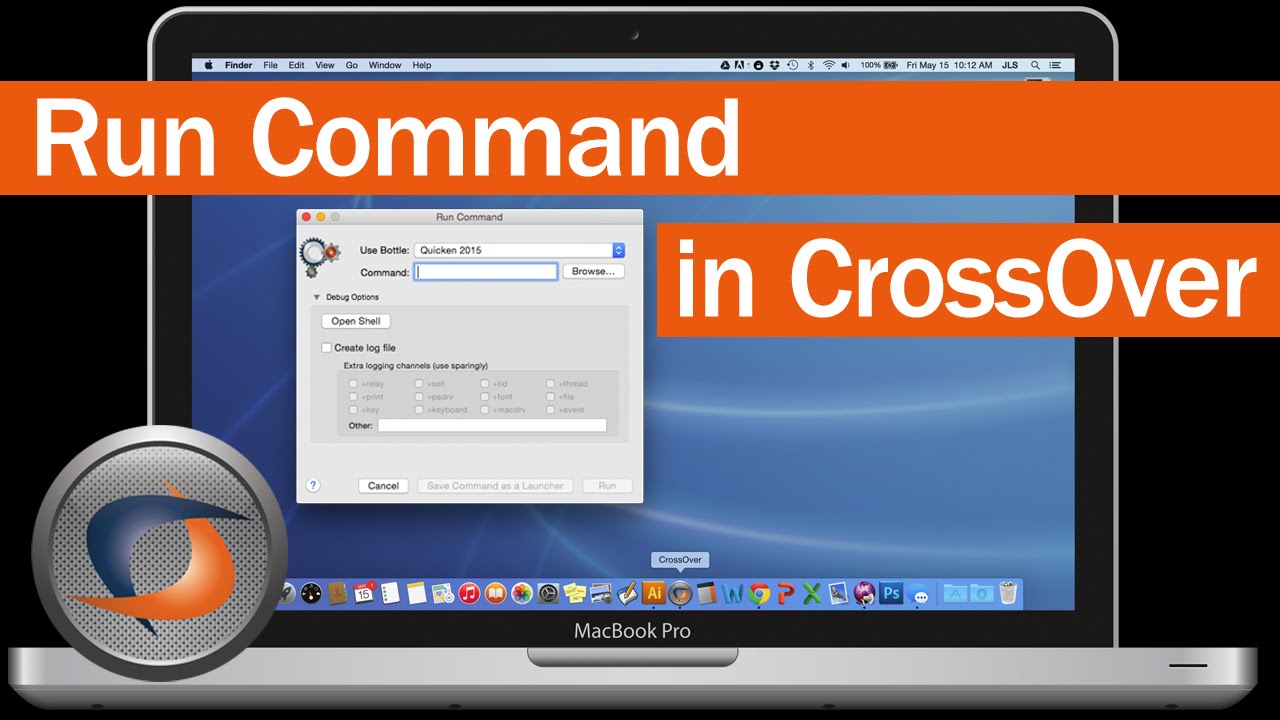M1 Macs can now run Windows apps and games through CrossOver 20. We already know that the new Macs with M1 chip can run both Intel and ARM apps made for macOS and iOS, but Mac users who rely on. Crossover is the world's #1 source of remote full-time jobs. Sign in to save System Administrator, Trilogy. Hundreds of software businesses run on the Trilogy. Tech and Science topics: phones, computers, gadgets, and the Internet, astronomy & earth science, climate & weather, environment & green living and much more. Fix Run As Administrator Not Working for all Program & Apps#FixRunAsAdministrator #Windows10Facebook Page: on twitte.

Avoid running graphical applications as root if possible, see #Circumvent running graphical apps as root.
Circumvent running graphical apps as root
sudoedit
To edit files as root, use sudoedit.
GVFS
Access to privileged files and directories is possible through GVFS by specifying the adminbackend in the URI scheme[2][3], e.g.:
or
Ctrl+l and then prepend the admin:// scheme to the resource path. The same effect can be attained via the Other locations server address bar.Xorg
Crossover Run As Administrator Of Property
By default, and for security reasons, root will be unable to connect to a non-root user's X server. There are multiple ways of allowing root to do so however, if necessary.
The proper, recommended way to run GUI apps under X with elevated privileges is to create a Polkit policy, as shown in this forum post. This should however 'only be used for legacy programs', as pkexec(1) reminds. Applications should rather 'defer the privileged operations to an auditable, self-contained, minimal piece of code that gets executed after doing a privilege escalation, and gets dropped when not needed'[4]. This may be the object of a bug report to the upstream project.
Punctual methods
Those methods wrap the application in an elevation framework and drop the acquired privileges once it exits:
- kdesu(1) (from kde-cli-tools)
- sudo (must be properly configured)
- suxAUR (wrapper around su which will transfer your X credentials)
Alternate methods
These methods will allow root to connect to a non-root user's X server, but present varying levels of security risks, especially if you run ssh. If you are behind a firewall, you may consider them to be safe enough for your requirements.
Xhost
Xhost can be used to temporarily allow root access.
Permanently allow root access
- Method 1: Add the line
to /etc/pam.d/su and /etc/pam.d/su-l. Then switch to your root user using su or su -.
- Method 2: Globally in
/etc/profile
Add the following line to /etc/profile:
This will permanently allow root to connect to a non-root user's X server.
Or, merely specify a particular app:
where appname is the name of the particular app. (e.g. kwrite)
Wayland
Trying to run a graphical application as root via su, sudo or pkexec in a Wayland session (e.g. GParted or Gedit), will fail with an error similar to this:
Before Wayland, running GUI applications with elevated privileges could be properly implemented by creating a Polkit policy, or more dangerously done by running the command in a terminal by prepending the command with sudo; but under (X)Wayland this does not work anymore as the default has been made to only allow the user who started the X server to connect clients to it (see the bug report and theupstreamcommits it refers to).
Avoid running graphical applications as root if possible, see #Circumvent running graphical apps as root.
A more versatile though more insecure workaround allows any graphical application to be run as root #Using xhost.
Using xhost
This article or section needs expansion.
A more versatile —though much less secure— workaround is to use xhost to temporarily allow the root user to access the local user's X session[5]. To do so, execute the following command as the current (unprivileged) user:
Crossover Run As Administrator Tool
To remove this access after the application has been closed:
Version 2
Basta! is a computer program for simulation of loudspeaker systems. Basta! can simulate open baffles, closed boxes, vented boxes ('bass reflex') and 1- and 2-ported bandpass systems. For ported enclosures, pipe resonances in the vent can be simulated. Instead of a vent, the ported enclosures can have a passive radiator. Basta! also includes simulation of baffle step, lossy voice coil inductance, multiple and isobaric drivers. Basta! can also simulate active and passive crossover filters, most passive crossover networks and AC-bass. Basta! also has a room gain approximation and can add a Linkwitz transform to the response.
Basta! shows graphs for the frequency response of the system and the individual driver and ports, cone and vent velocity and excursion, driving voltage box pressure, electrical impedance and its resistive and inductive parts. Finally, Basta! can also calculate a maximally allowed output level from the system, based on the maximum power amplifier voltage, Re power, cone excursion, vent excursion and vent velocity.
Product sheet (pdf)
User's guide
Technical documentation
Tutorials
Update policy from Basta! version 1
Basta! is discontionued and thus unsupported, however it is now considered as freeware.
Use the serial number D4E5-EEA9-A5CE-8BD0 to get it started.
Known issue on Win 8 and 10: You will have to run the software once with administrative privileges for it to start. Right-click on Basta.exe and select 'run as administrator'.
Note: This software is actual freeware, with no ads, time limits, spyware or anything like that.
Note: Tolvan Data takes no responsibility whatsoever for the quality of the software, by using the software you take full responsibility for validating that the software meets your requirements, and whatever legal requirements that might be applicable in your country. In particular, Tolvan Data does not accept the role as a supplier of medical devices (sw. medicintekniska produkter).